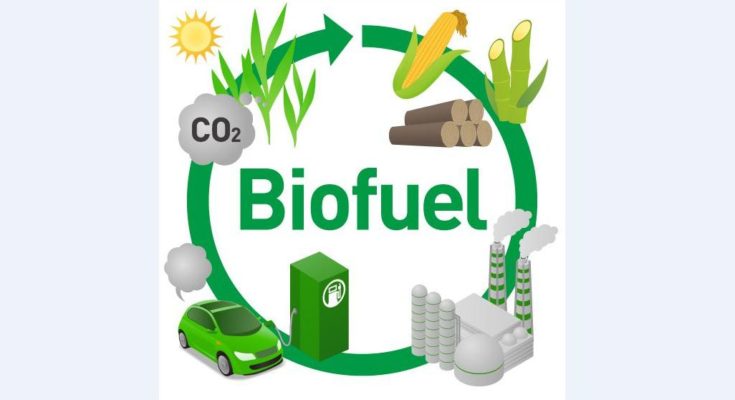Government of India has taken various measures to improve viability of sugar industry, thereby enabling sugar mills to make timely payment of sugarcane dues of farmers. Going forward, diversion of excess sugarcane and sugar is the long term solution for addressing the problem of excess stock and improving viability of sugar industry. Ethanol is a green fuel and its blending with petrol also saves the country’s foreign exchange, Ministry of Consumer Affairs, Food & Public Distribution has said.
A meeting co-chaired by Secretary (Food & Public Distribution); Secretary, Ministry of Petroleum and Natural Gas (MoPNG) and Secretary, Department of Financial Services (DFS) was held with the representatives of leading banks and oil marketing companies (OMCs), cane commissioners of major sugar producing states and sugar industry associations on August 21, 2020, in which ways and means to increase the supply of ethanol to OMCs was discussed to achieve the objective of increasing blending percentage in petrol. It was agreed that as producers of ethanol (sugar mills), buyers of ethanol (OMCs) and the lenders (banks) are willing to enter into a tri-partite agreement (TPA) about producing, buying and paying for the ethanol through an escrow account, the banks can consider giving loans to sugar mills even with weak balance sheets. This would facilitate mills to avail loans from banks to set up new distilleries or to expand their existing distilleries, thereby enhancing the overall distillation capacity in the country and thus would help in achieving the blending target under Ethanol Blended Petrol programme. It was assured by the states and industry that efforts would be made to increase supply of ethanol in the current as well as in ensuing ethanol supply years, the ministry has further said.
According to the ministry, during ethanol supply year 2018-19, about 189 crore litres of ethanol was supplied by sugar mills and grain based distilleries to OMCs, thereby achieving 5 percent blending target and in current ethanol supply year 2019-20, efforts are being made to supply 190-200 crore litres of ethanol for blending with petrol to achieve 5.6 percent blending. The government has 10 percent blending target for mixing ethanol with petrol by 2022 and 20 percent blending target by 2030. To achieve the objective of the government, Department of Food & Public Distribution is regularly holding meetings with Department of Financial Services; Ministry of Petroleum & Natural Gas; Ministry of Environment, Forest & Climate Change; state governments; representatives from sugar industry and banks.
With a view to achieving blending targets, the government is encouraging sugar mills and molasses based standalone distilleries to enhance their ethanol distillation capacity. Soft loans of about Rs. 18,600 crore are being extended through banks to 362 projects of 600 crore litre capacity for enhancement and augmentation of ethanol production capacity, for which an interest subvention of about Rs 4,045 crore for five years is being borne by the government. So far, loans have been sanctioned to 64 project proponents and completion of these projects would increase ethanol distillation capacity by 165 crore litres in another two years. Thus, the ethanol distillation capacity in the country would increase from 426 crore litres per annum to about 590 crore litres per annum by 2022, Ministry of Consumer Affairs, Food & Public Distribution has informed.
To encourage sugar mills to divert excess sugarcane to produce ethanol for blending with petrol, the government has allowed production of ethanol from B-Heavy Molasses, sugarcane juice, sugar syrup and sugar; and has also fixed the remunerative ex-mill price of ethanol derived from these feed-stocks. The state-wise targets for ethanol manufacture have also been fixed. Sugar mills and distilleries have been advised to utilise at least 85 percent of their existing installed capacity to produce ethanol. Sugar mills having distillation capacity have been advised to divert B-heavy molasses and sugar syrup for producing ethanol to utilise their capacity to maximum extent; and those sugar mills which do not have distillation capacity should produce B-Heavy molasses and should tie-up with distilleries which can produce ethanol from B-Heavy molasses. States have also been requested to ensure smooth movement of molasses and ethanol, the ministry has further informed.




